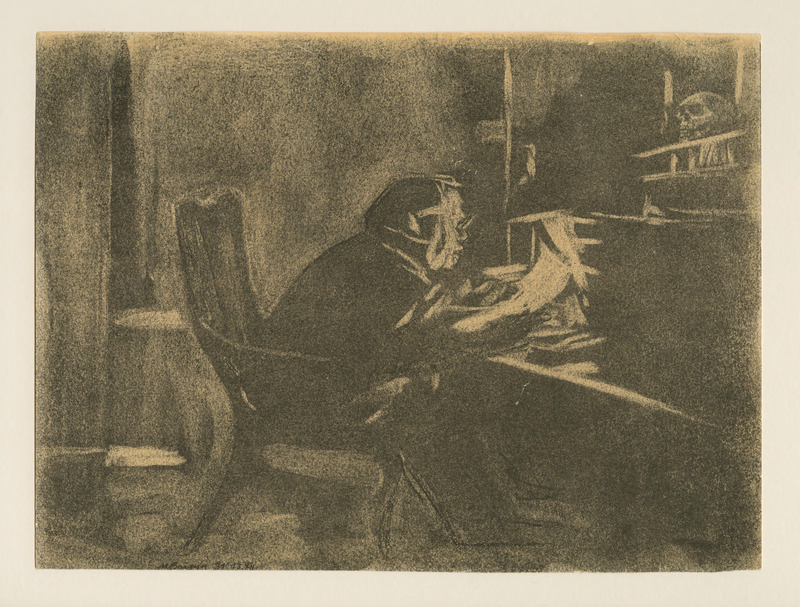Biographical/Historical Information
Constantin Brunner (actually named Leo Wertheimer) was born in Altona, Germany on August 27, 1862, the grandson of Rabbi Akiba Wertheimer. He studied at the Jewish Teachers Seminary in Cologne and at the Universities in Berlin and Freiburg 1893-95 with Leo Berg (later Otto Ernst), publisher of the periodical The Observer in Hamburg. Brunner lived since 1895 as an independent academic with his family in Berlin; 1913-30 in Potsdam and after 1933 in exile in The Hague, where he died on August 27, 1937. With his Magnum Opus "Die Lehre von den Geistigen und vom Volk" (1908) he conceptualized a philosophical system connected to Spinoza and against Kant, Nietzsche and academic philosophy. Brunner fostered concrete and practical consequences of his ideal, the “spiritual reflection.” In Our Christ (1921) he sketched a concept of the “Spiritual”, thus engaging in Christian and Jewish debates about Jesus. Politically Brunner was a protagonist of emancipation. He took a determined position against German nationalism and racial theory, but also against Zionism (Der Judenhaß und die Juden 1918.) Since the publication of his main work in 1908, but especially due to his personality, Brunner attracted the spiritually young, as well as intellectuals, politicians and artists, thus creating the “Brunner-Circle”. These friends, who corresponded with him and visited him, made Brunners’ practical stipulation their own. Apart from Berlin, where a Constantin Brunner Society was formed in 1925, the main center was in Czernowitz, (the “Ethical Seminar” founded by Friedrich Kettner in 1919.) Since 1933 his followers dispersed all over the world. In 1947 they founded the “International Brunner Institute” in The Hague to publish Brunner’s work once again and to advocate his memory.
Max Busyn was a Polish-Israeli painter and graphic artist, born in Lodz in 1899. He studied at the Art Academy of Dresden in 1922/23 and was briefly influenced by Otto Dix. Busyn lived in Berlin from 1929 to 1933, before emigrating to Palestine. He created murals for the Jewish seniors' home in Berlin. Busyn's works that used to be in the collection of the Jewish Museum in Berlin have been lost since WW II.
Reproductions and Permissions
We welcome fair use of this content. Please credit the Leo Baeck Institute in your citation. For usage policies and to request higher resolution images, see Reproductions and Permissions.
Citation
Busyn, Max: Constantin Brunner in his study, Leo Baeck Institute, 80.238.
